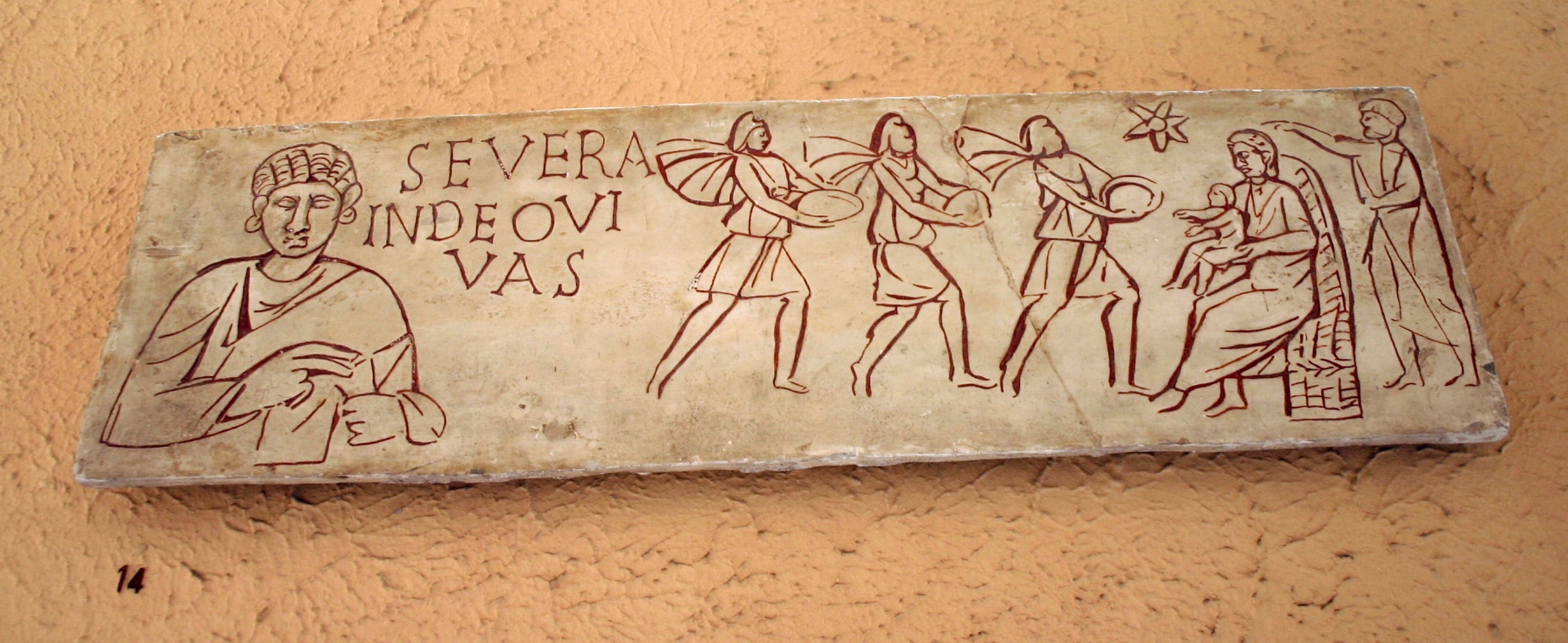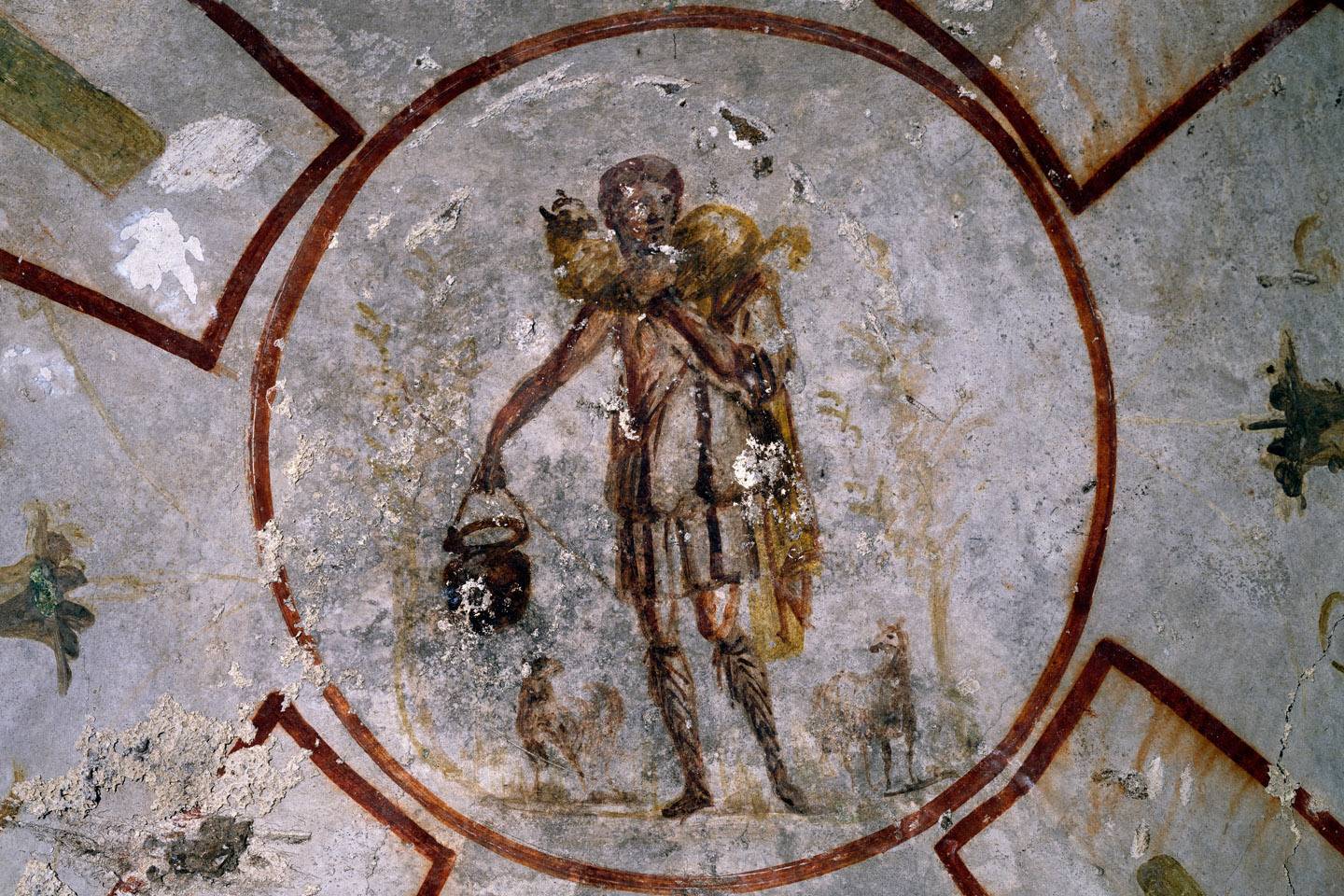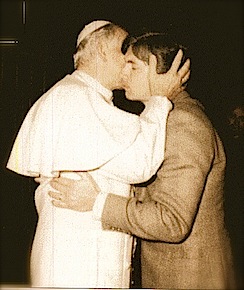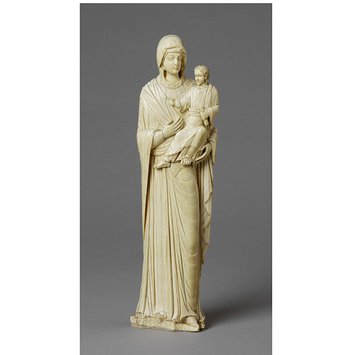According to you, symbols are meaningless, and everybody could read. This is absurd. You deny the evidence, deny historical facts, which makes discussion impossible.I know what works for me. If I know something may tempt me to do something I believe is wrong, I try to avoid being around it. I think that is wise.
If someone wears daring clothes, he or she shouldn't be surprised if something flops out.
If a greedy man wants to achieve perfection, he may benefit by giving up his idol of money.
It is indeed the people who make the choices; and if people want statues, they are opting to have them as potential problems in their churches. It's certainly not the statues' fault. You're the one who wants to attribute "human qualities" to statues, saying they can educate people!
+++
Art is an amazing way through which we may better pray and contemplate the depths of Christianity. Although there are many familiar examples of modern Christian art, looking to the very first images of Christ in art allows us to see how Christ was perceived by the early church. Understanding these oldest pictures of Jesus help us see that Christ reveals himself to his Church in a multitude of ways, which allows us to draw closer to Him in our understanding of his presence in the world.

This image, dating from the third century, is one of the oldest known images of Christ being worshiped by the Magi. The structure of this image, with each of the three Magi in line waiting to give their gifts to the Child Jesus, has become a familiar structure in representations of the Adoration of the Magi through the centuries. Cast from a sarcophagus found in the Catacomb of Priscilla, its bold strokes are far beyond its time with respect to artistic style. The Catacomb of Priscilla, located in Rome, was used for Christian burials in the second through the fourth centuries, and was notable because at least two popes were buried there in addition to many holy Christian martyrs. (The remains of St. Philomena were found here as well.) This catacomb also holds many other works of early Christian art, from images of the Annunciation to Christ as the Good Shepherd.

This image of Christ as the Good Shepherd was found in the Catacomb of Callistus, an extensive catacomb and burial ground again located in Rome. It is a ceiling fresco which dates to the third century, and portrays a remarkably youthful Christ carrying a lamb. Although Christianity utilized the image of a Good Shepherd to describe the relationship of Christ to his flock, or his Church, the image of a man bearing either a lamb or a calf is an ancient one. It was a popular motif in Greek sculpture and was known as a moskophoros, or “the bearer of the calf.” Seeing this motif appropriated to reflect Christian themes reflects the fact that the Church permeates culture, and its message remains timeless throughout centuries.
Here Are the 10 Oldest Images of Christ
Last edited:



